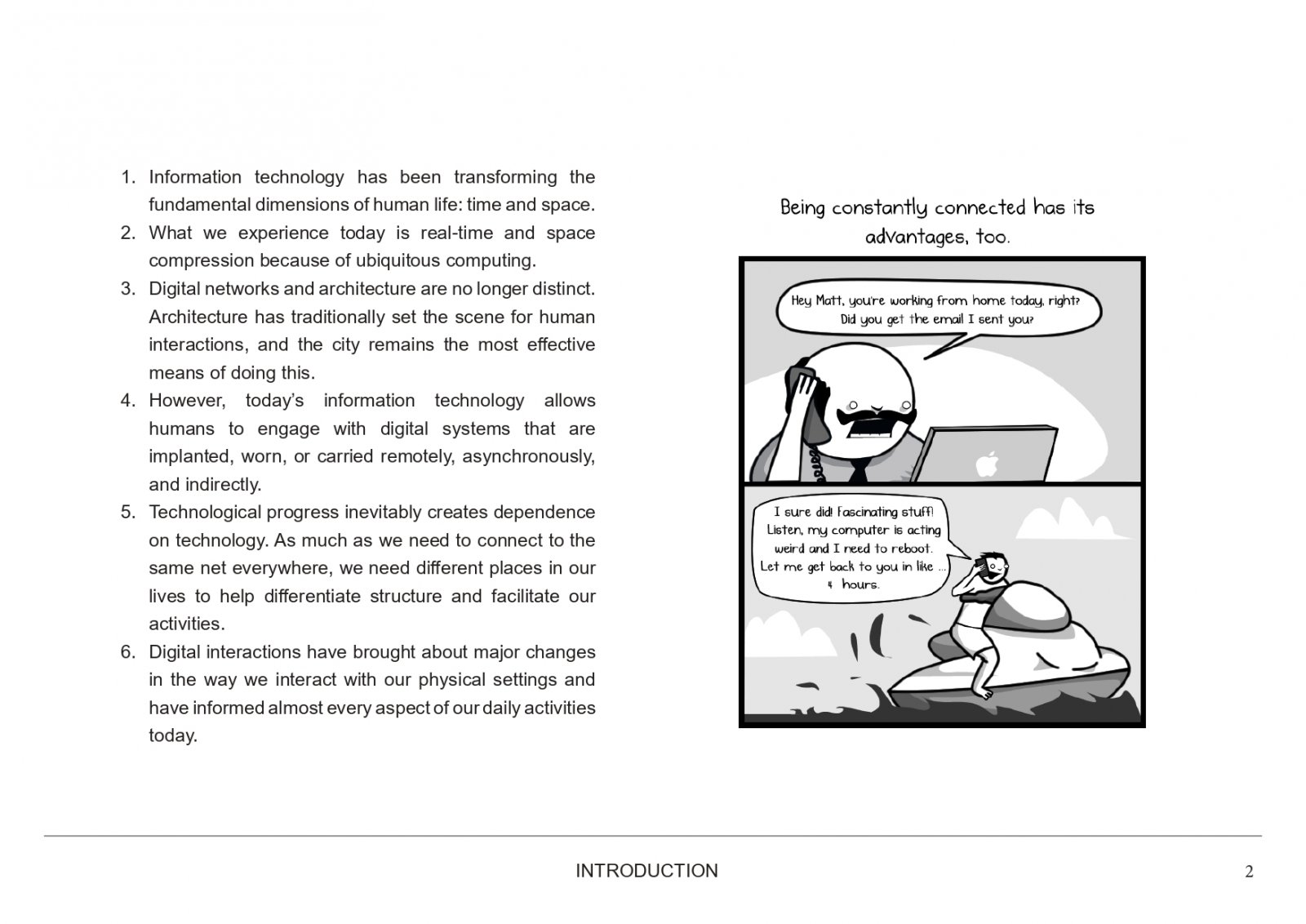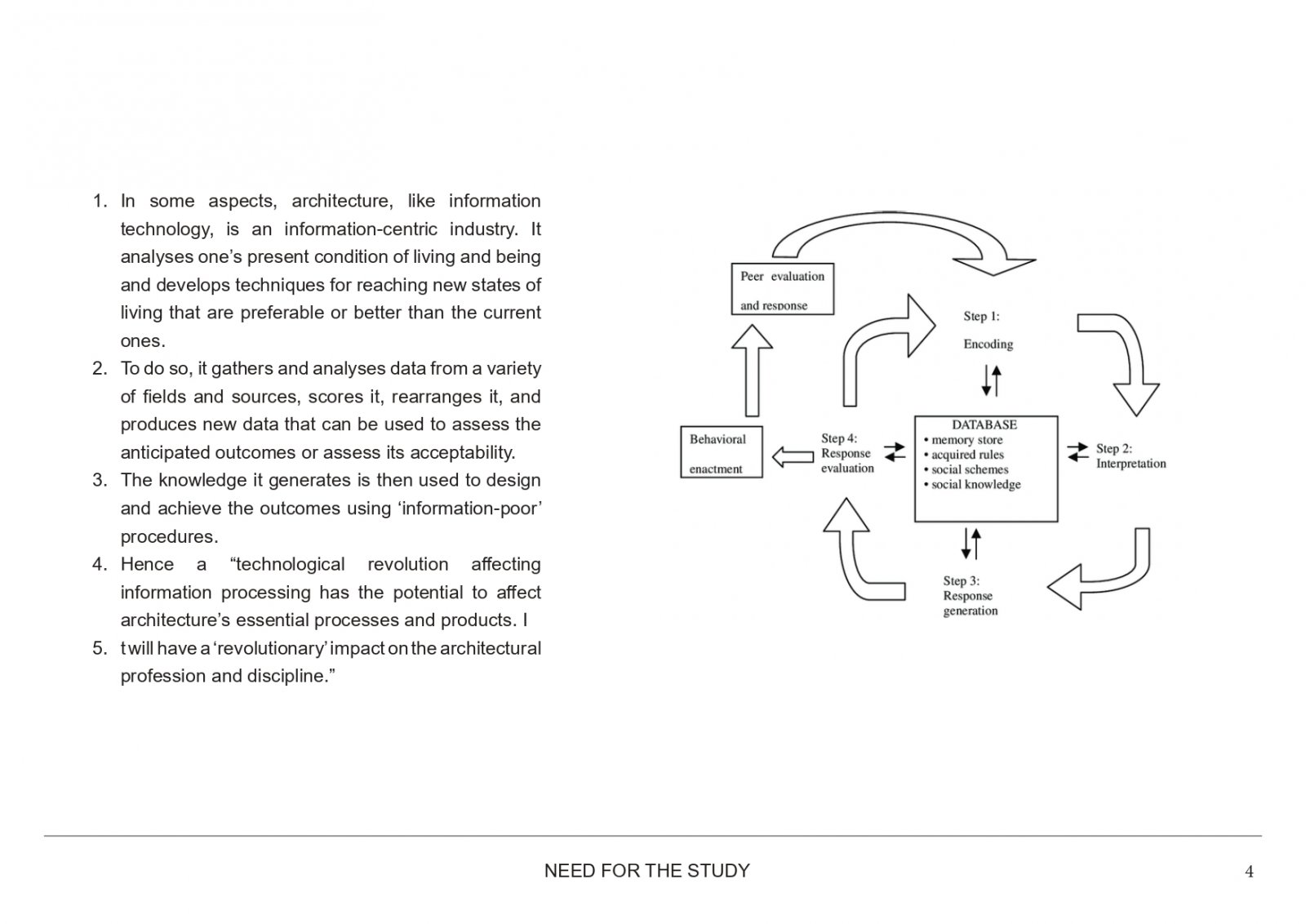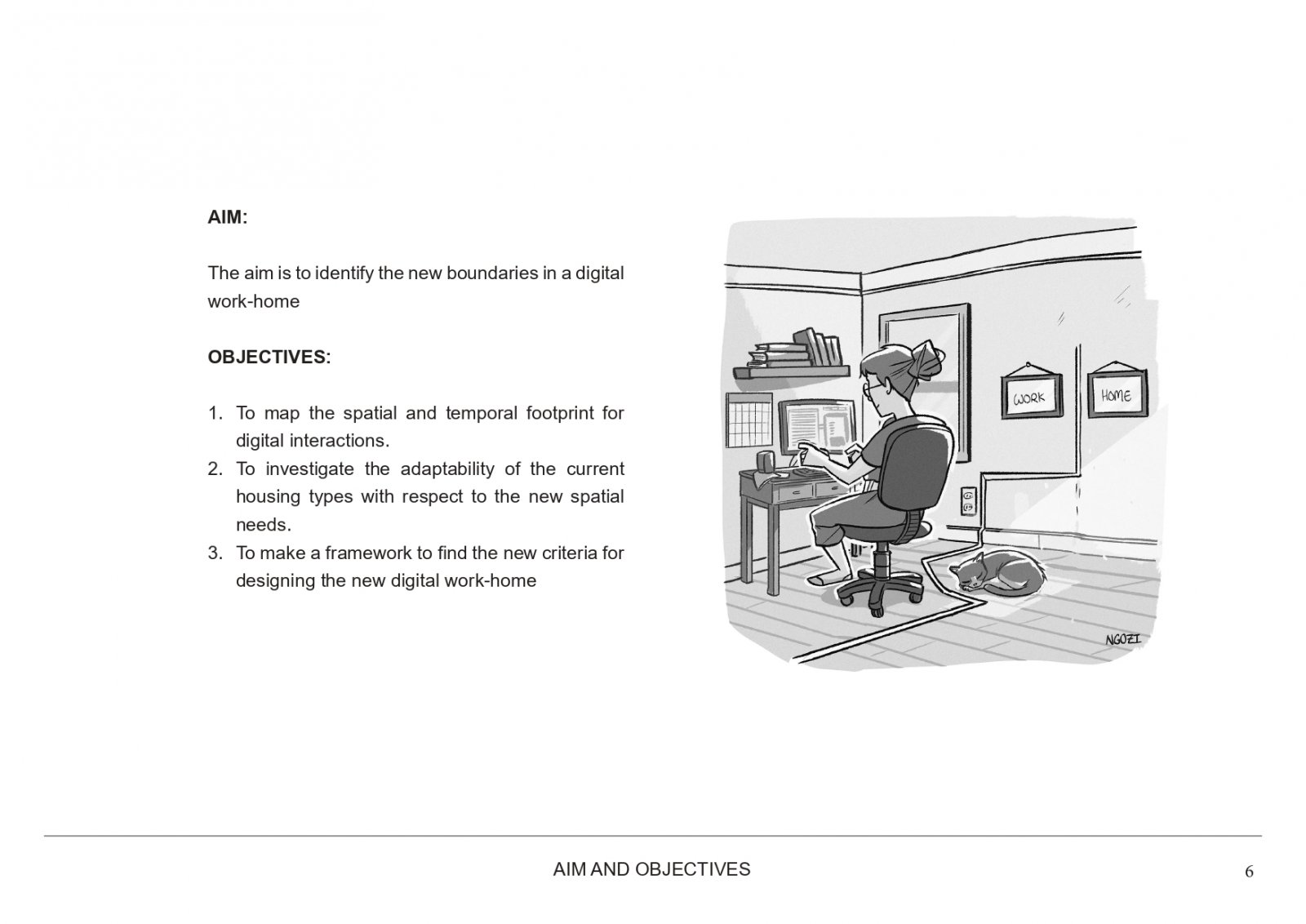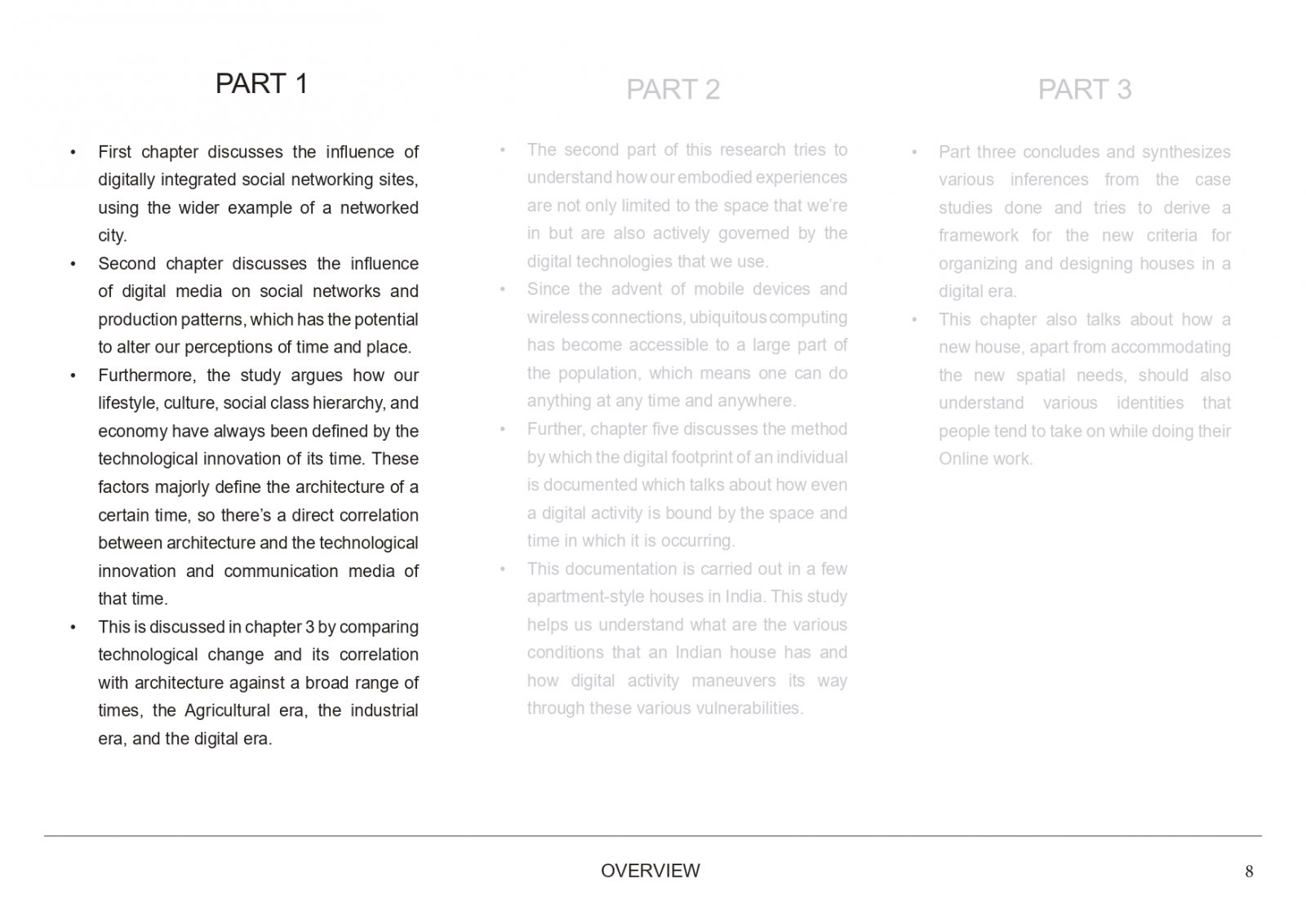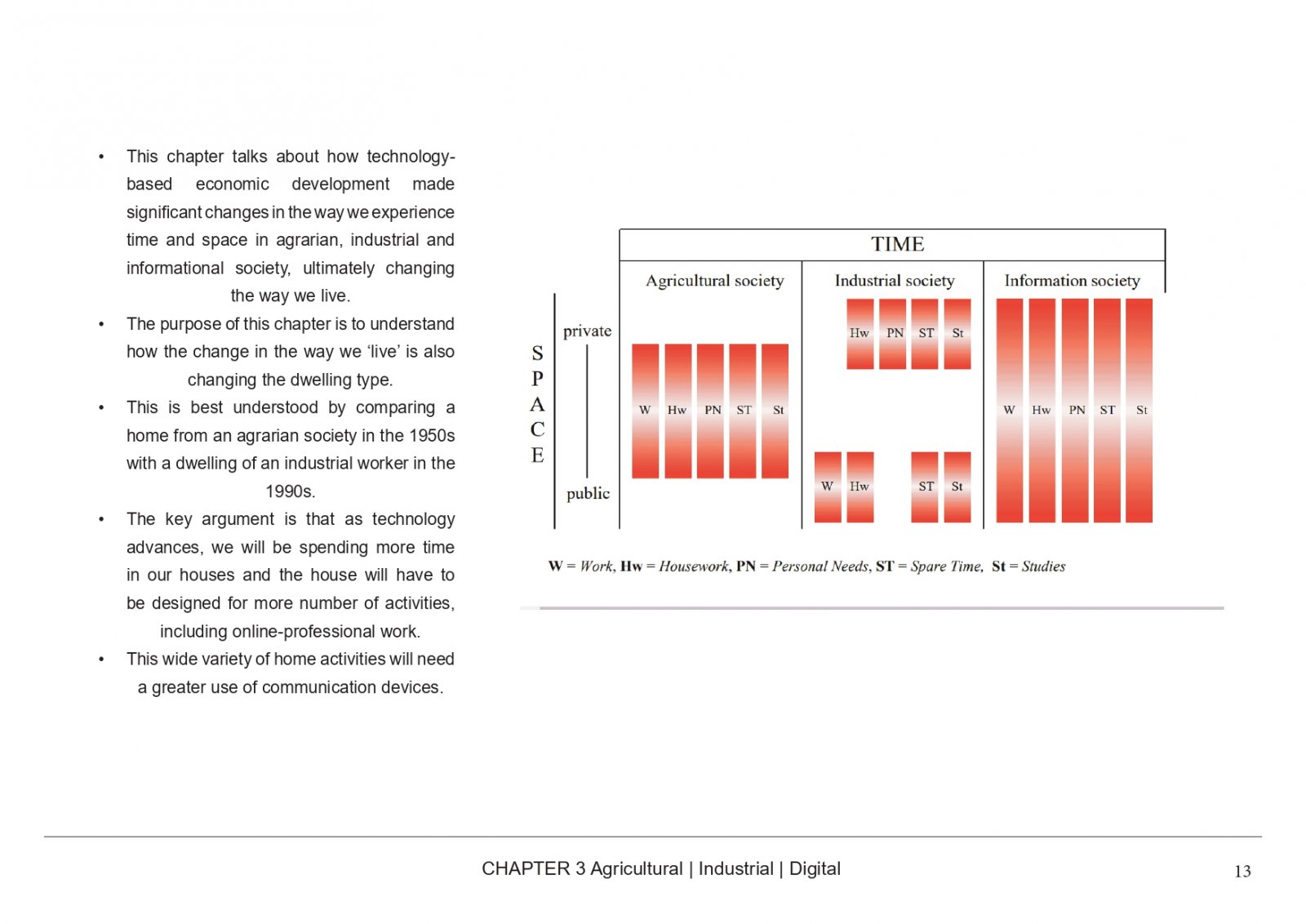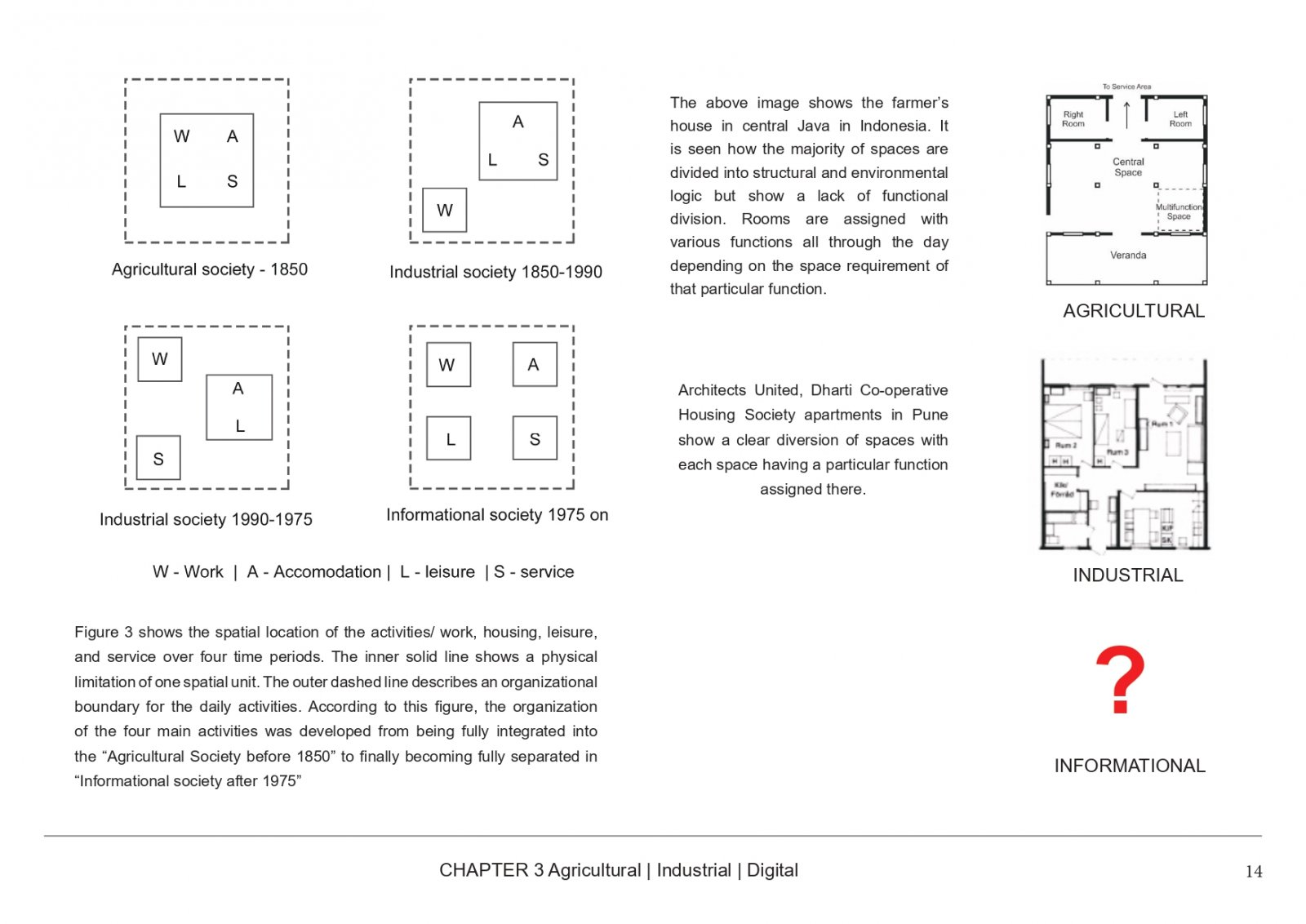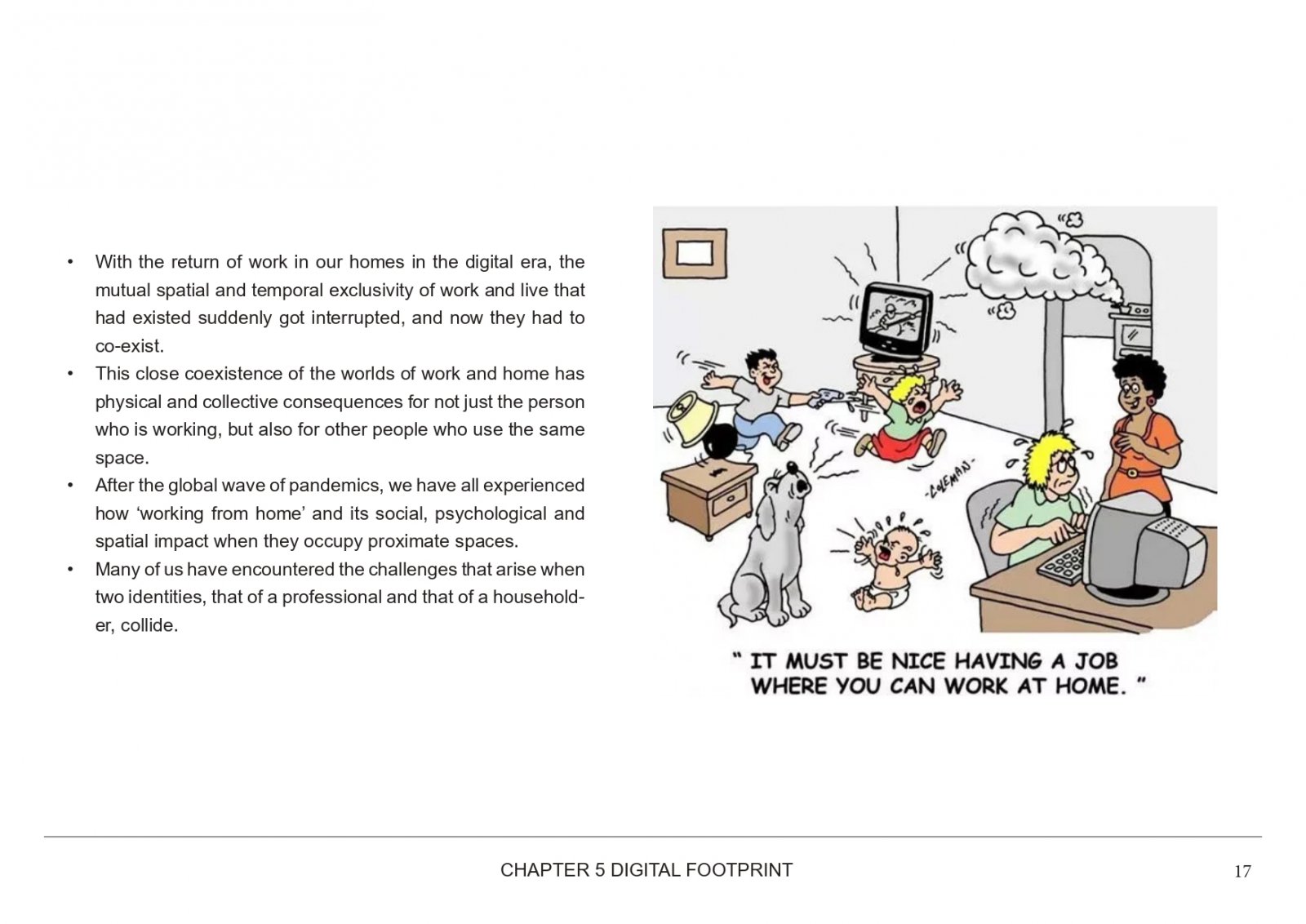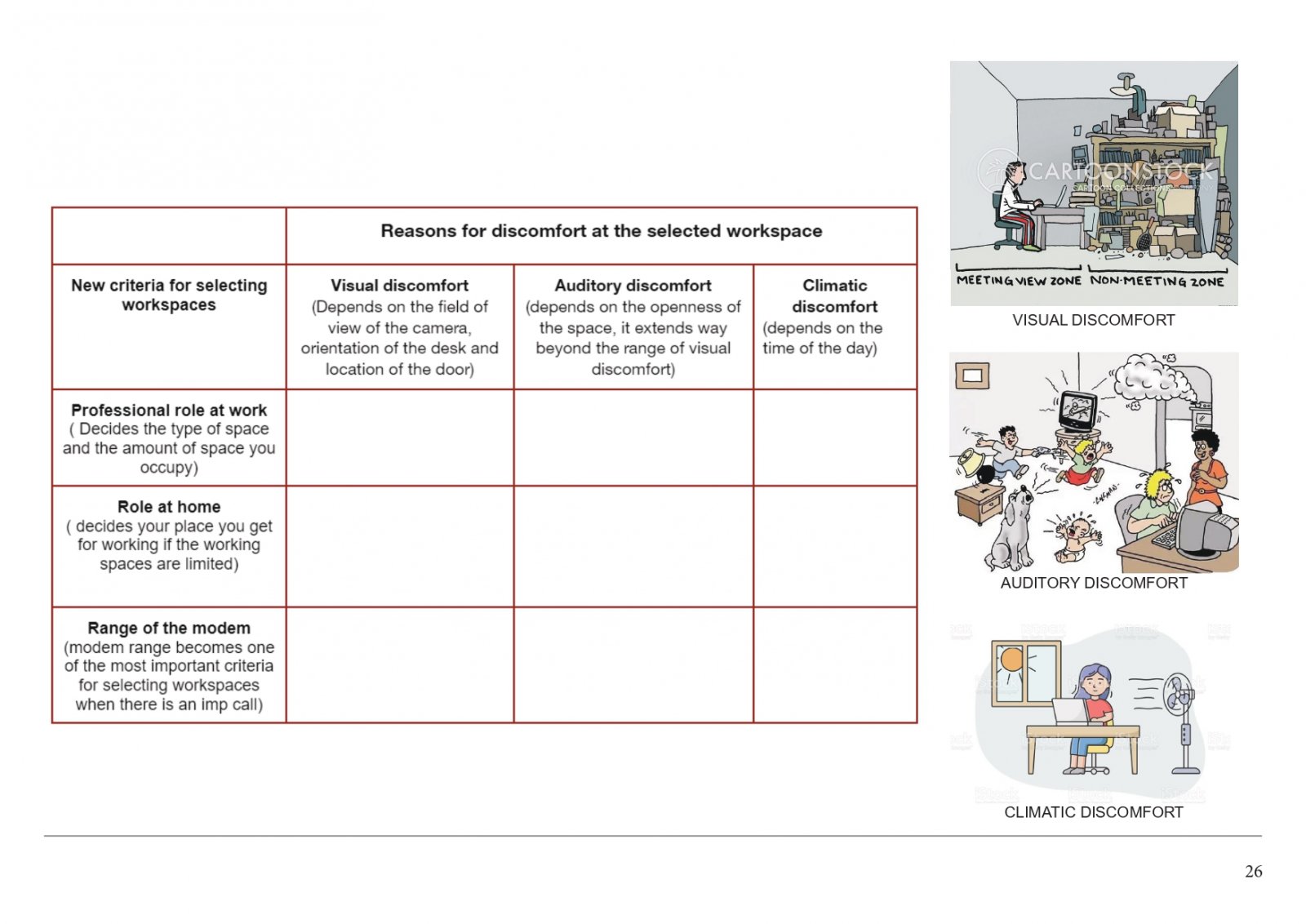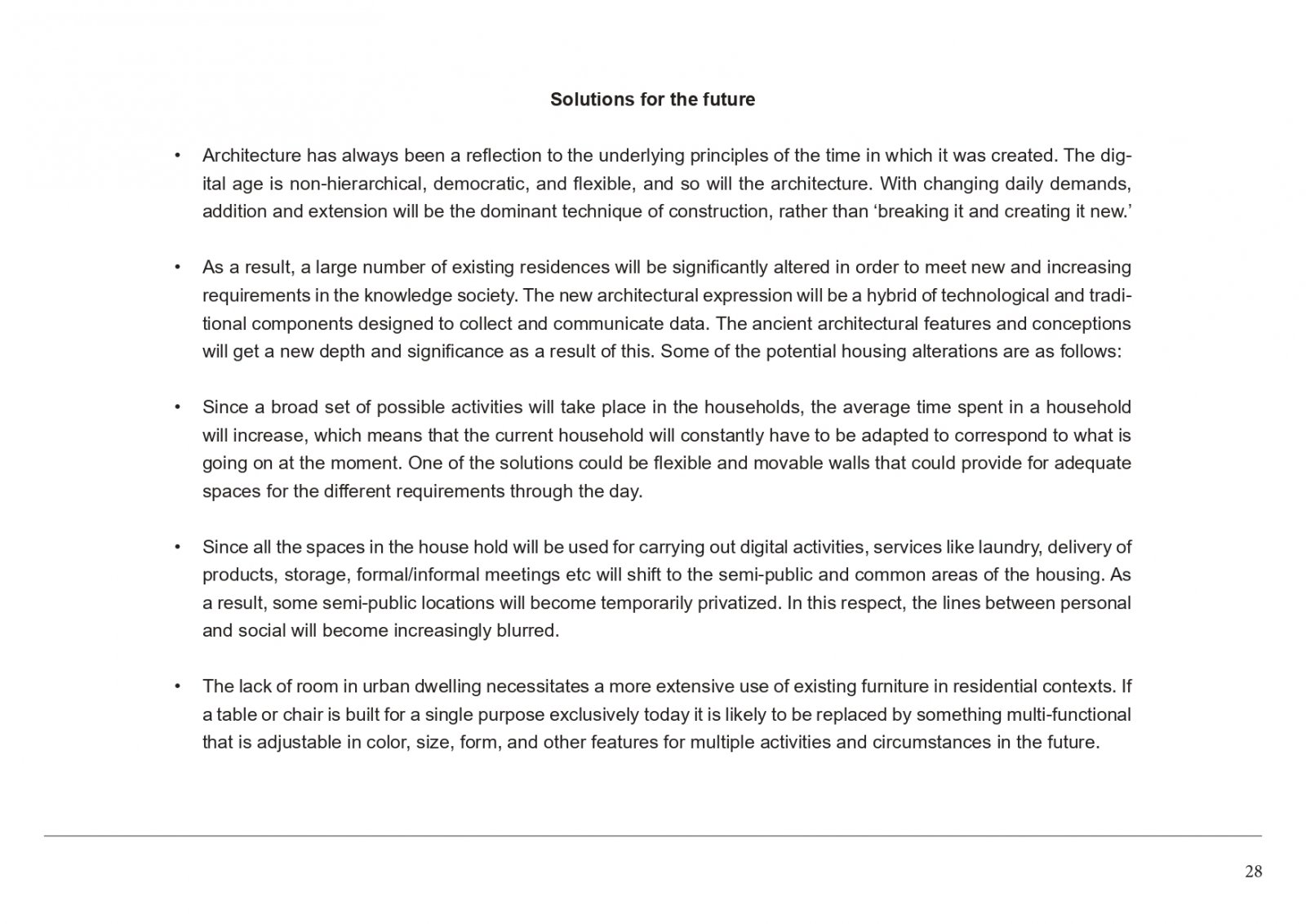Your browser is out-of-date!
For a richer surfing experience on our website, please update your browser. Update my browser now!
For a richer surfing experience on our website, please update your browser. Update my browser now!
Information technology has been transforming the fundamental dimensions of human life: time and space. 2. What we experience today is real-time and space compression because of ubiquitous computing. 3. Digital networks and architecture are no longer distinct. Architecture has traditionally set the scene for human interactions, and the city remains the most effective means of doing this. 4. However, today’s information technology allows humans to engage with digital systems that are implanted, worn, or carried remotely, asynchronously, and indirectly. 5. Technological progress inevitably creates dependence on technology. As much as we need to connect to the same net everywhere, we need different places in our lives to help differentiate structure and facilitate our activities.
